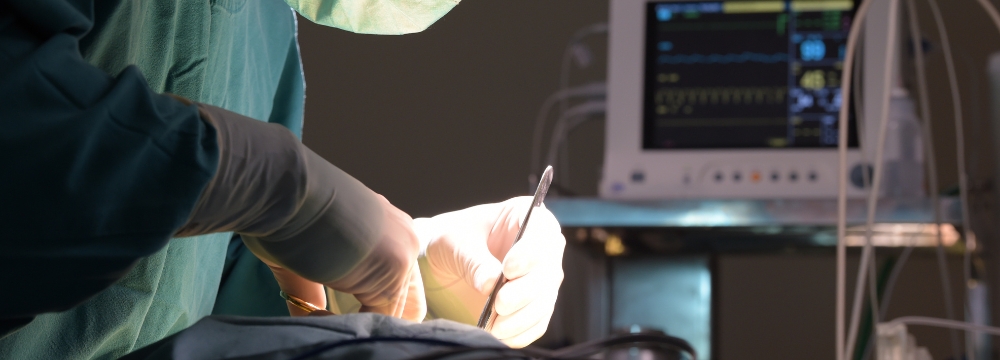Hernia

A hernia is a defect or hole that develops in the tough tissue surrounding the abdomen, known as the fascia. Hernias can form almost anywhere in the abdomen and symptoms can include swelling, pain, a bulge, or no symptoms at all. While the hole itself is not concerning, the small possibility of abdominal contents, like the colon or fatty tissue, getting trapped in the hernia defect is what we are truly concerned about. This is not to mention the pain and discomfort that can limit one’s lifestyle, when the hernia becomes symptomatic.
Of all hernias, the majority occur in the groin (inguinal) and the vast majority occur in men. Other common types of hernia include: Femoral (occurring in the upper thigh), umbilical (by the belly button) and incisional (at a surgical site).
The definitive treatment for a hernia is surgery. However, if a hernia does not cause any pain or discomfort, you and your surgeon may decide to watch and wait. However, if you do wait on surgery, the hernia tends to progress in size; so younger, healthy patients are often prime candidates to repair a smaller, symptomatic hernia.
Exercise
If you have a hernia, you should be cautious about some of the habits and exercises in your daily life. You do not need to give up on exercise completely, but you may need to modify your usual routine.
A general rule of thumb is to not participate in high intensity workouts such as lifting weights, exercises that involve pulling and pushing, or high contact activities such as wrestling or football. The goal is to put less pressure on the abdomen. You can substitute your workout with hernia-friendly options such as yoga, walking, swimming, water aerobics, or biking. These are all low impact movements that tend not to worsen the state of the hernia and its symptoms.
Note: If you begin to experience significant pain in the area of the hernia, or a bulge that does not drop back into the abdomen when lying down or changing position, be sure to go to the nearest emergency room as this may indicate incarceration and strangulation of the hernia contents.
Prevention
Hernias may not always be preventable, but there is advice you can follow to minimize your risk. Most importantly is to maintain a healthy weight through a well-balanced diet and exercise. Eating plenty of high fiber foods and staying well hydrated can avoid constipation which can, in turn, hasten the formation of a hernia. In your day-to-day life, you should avoid heavy lifting or do so very carefully – use your legs to lift rather than your back and abdomen. Finally, quit smoking.
The Bottom Line
Speak to your surgeon about how to approach treatment and what you should change in your daily routine to slow the progression of a hernia. If you don’t have a hernia, you should still pay attention to prevention such as proper exercise, staying hydrated, mindful lifting and eating a well-balanced diet.
If you would like to talk to one of our surgeons about your hernia concerns, contact us today. MIISspecializes in hernias and hernia repair.











